San Remo Pelicans
Locals have a long-running relationship with the big-beaked birds of this Australian fishing town.
Initially formed as a fishing village, San Remo is a picturesque town in Southern Victoria which sit on the mainland side of the bridge leading to Phillip Island. The San Remo Fisherman’s Co-operative is an organization established in 1948 that oversees the local fishing community, offering fresh fish and seafood to locals and the many visitors passing through the area.
San Remo is known for the daily visits of the Australian pelican, an interesting and unique species of wild bird who come to the shores of San Remo for a daily feed. Since 1985, the Fisherman’s Co-operative has been feeding the pelicans daily at 12 p.m., which has become a fascinating spectacle to tourists and visitors. At around 11 a.m. each morning, the wild pelicans come in numbers of between 5 to 35 impatiently waiting in anticipation of their breakfast. This began long before this time, when fishers would throw the fish scraps and offcuts to the seabirds on the shore. It was thought that by having a more structured approach, it could act as an education to the public. Volunteers from the fishing community take charge of fencing off an area and hand-feeding fish to the pelicans fish.
Situated at the site, is the San Remo Fish and Chip shop where the prime parts of the same fishes fed to the pelicans are served up to hungry visitors. On the foreshore, lies a metal sculpture of a pelican which encourages visitors to pick up pieces of plastic such as bottle tops and place them in the mouth of the pelican. It provides a simple, yet powerful environmental message to visitors: “Marine debris such as bottle tops are a threat to our marine wildlife. Sometimes animals mistake bottle tops as food or become entangled. You can help!”
Know Before You Go
This is a very popular area for fishing and there are fishing charters which leave from San Remo pier. There are also boat trips which offer the chance to see whales during the season where they migrate past the coastal regions of Victoria.

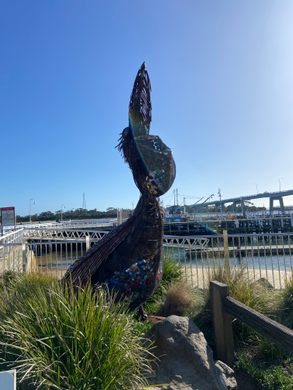
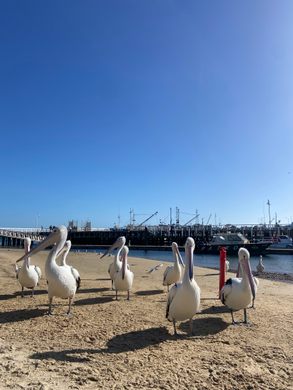
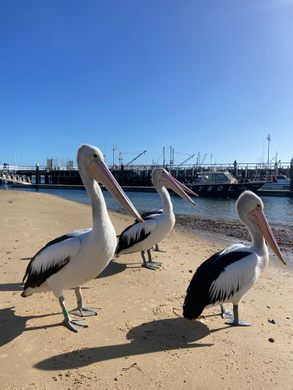
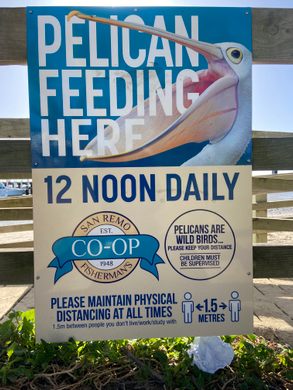
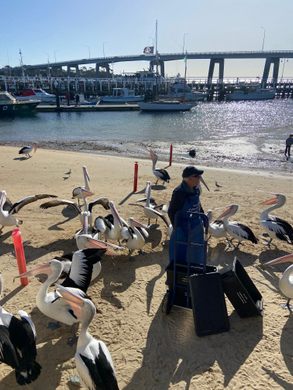
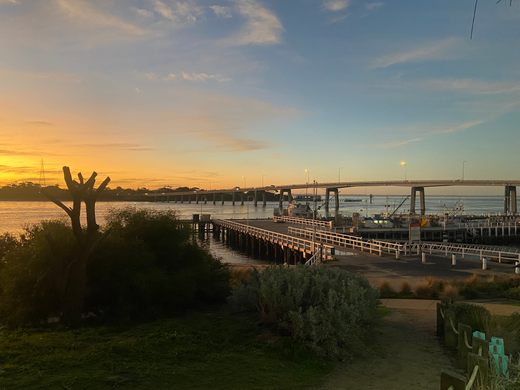
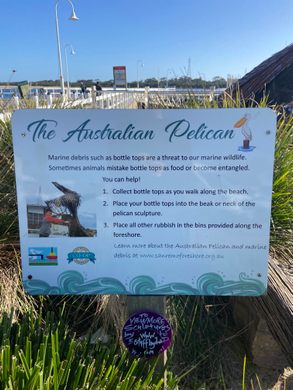




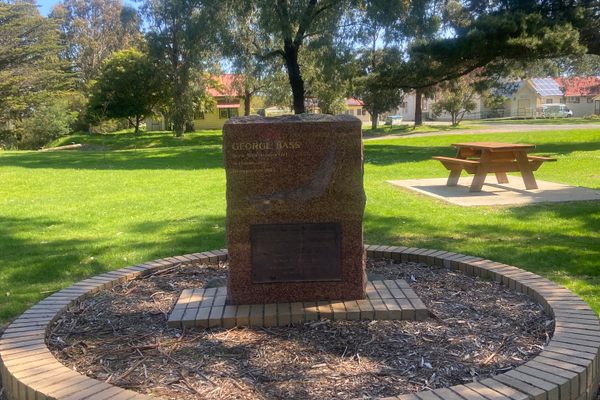


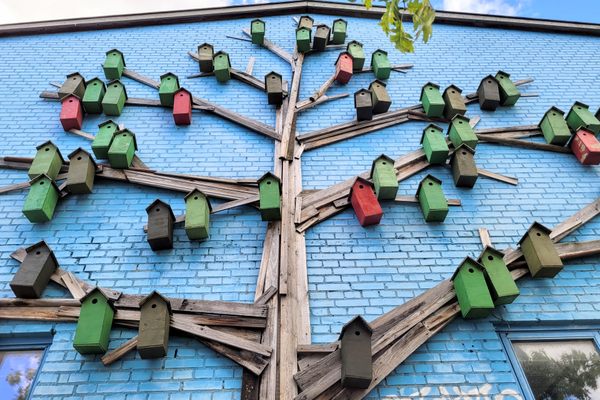

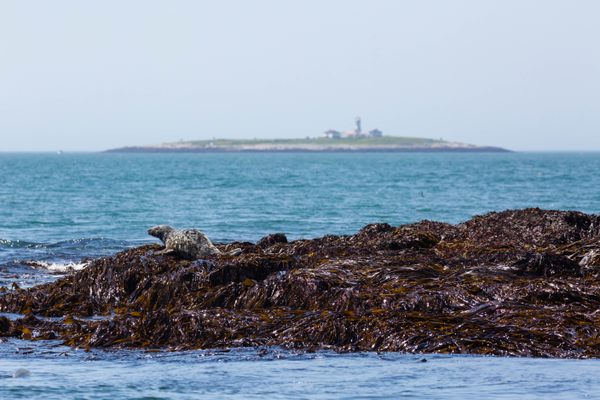
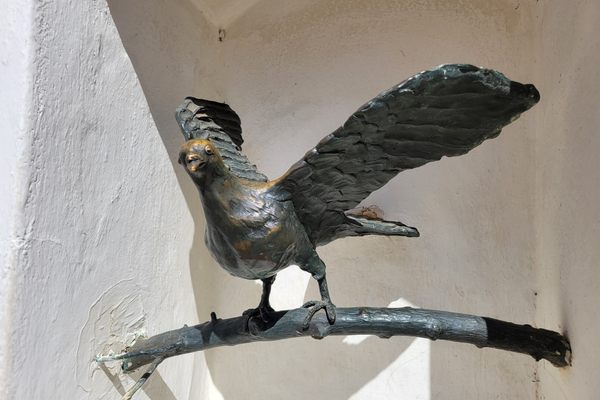

Follow us on Twitter to get the latest on the world's hidden wonders.
Like us on Facebook to get the latest on the world's hidden wonders.
Follow us on Twitter Like us on Facebook